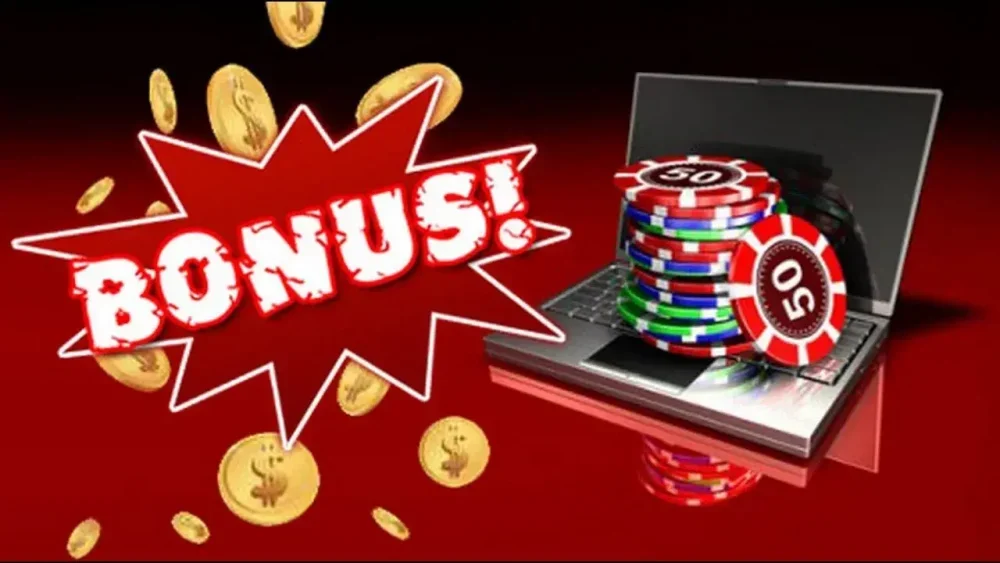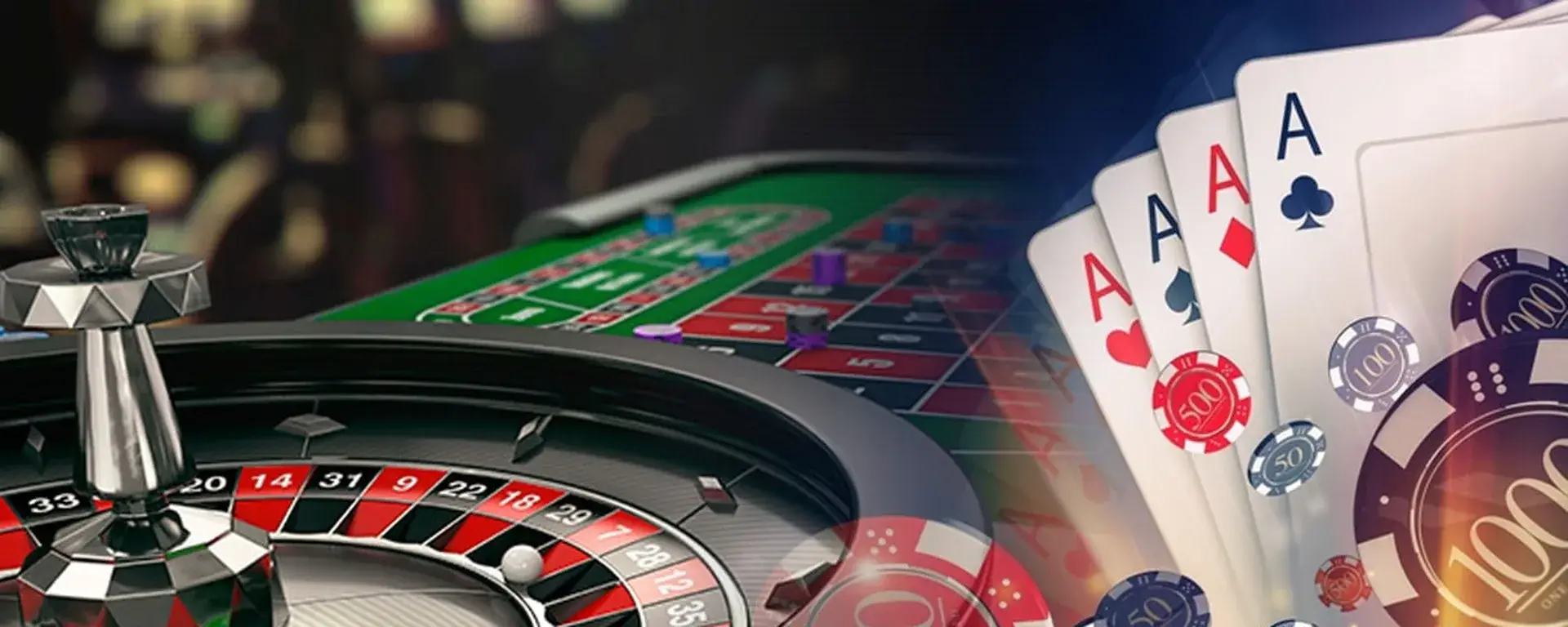What is a casino blacklist? It is not just a dry list of violators, but a tool that defines the boundaries of fair play in the world of online gambling. This list is compiled by independent experts who analyze operators’ behavior, license transparency, payout correctness, and software quality. Inclusion in this list means a complete loss of trust and reputation because the gambling market is built on accuracy, transparency, and rule compliance.
The Dangerous Shadow of the Industry: What Is a Casino Blacklist
A casino blacklist is a tool for protecting players and the industry’s reputation. It is compiled by independent auditors, specialized publications, and analytical platforms that document violations of fair play rules, payment refusals, and the use of unlicensed software. Being listed in such a registry essentially deprives the establishment of trust: search engines lower their rankings, and the audience instantly switches to safe platforms.
By 2025, the casino fraud blacklist includes over 700 online platforms, of which 83% had lost their licenses or used fake regulator data. Gambling Compliance analytics showed that the average lifespan of an illegal platform before being blocked does not exceed six months. This dynamic reflects the market’s rigor and the importance of transparency.
How to Identify Fraudulent Online Casinos
What is a casino blacklist? It is a database where each establishment is listed based on specific criteria. The main criterion is the refusal to fulfill obligations to players. Evaluating experts document cases of account blocking, non-payment of winnings, alteration of bonus program terms, and fake verification.
You can identify fraudulent online casinos by objective signs: lack of a verifiable license, hidden withdrawal fees, unreasonably high wagering requirements, and non-responsive customer support. Such sites often use scripts that mimic well-known brands but with altered RTP and fake RNG.
In 2024, auditors identified over 1200 platforms where the RTP deviated from the stated 96% to actual 78–80%. Such discrepancies indicate a level of risk where players lose control over their winning probabilities.
Key Signs of Dishonest Operators
To understand what a blacklist is, it is enough to examine the structure of typical violations. Dishonest operators exhibit similar behavioral patterns and technical traces:
Signs of unreliable gaming platforms:
- Lack of a license. Regulators like MGA, UKGC, or Curacao eGaming confirm legality. In its absence, the site automatically falls into the category of “unlicensed casinos.”
- Fake verification. Scammers request document copies but then do not verify the account, blocking deposits.
- RTP and RNG manipulation. Lowering the return percentage makes winning mathematically impossible.
- Non-payment of winnings. Funds are frozen without explanation, especially for large winnings.
- Unlicensed software. Provider substitution, lack of original NetEnt, Microgaming, or Play’n GO logos.
- Bonus manipulations. Hidden terms, inflated wagering requirements, inability to withdraw after wagering.
- Phishing and site cloning. Fake pages mimic designs of well-known brands, redirecting deposits to other accounts.
How to Check a Casino License
Every expert analyzing what a casino blacklist is starts by verifying the platform’s legal status. A license is a key element of trust. Verification is done through public regulator registries. For example, the UKGC site allows entering a license number to receive official status confirmation.
Having a valid license guarantees control over RTP, software audits, and independent arbitration procedures in disputes. Casinos without a license automatically lose the ability to work with certified providers and international payment systems.
In 2025, the Malta Gaming Authority suspended licenses of 37 operators for violations of verification rules and RTP recording. Each of them ended up on the blacklist, losing access to traffic and partner networks.
Financial Security: Deposit, Withdrawal, and Customer Support
What is a casino blacklist? It is not just a list of violators but a reflection of systemic financial management problems. Scammers use a “slow withdrawal” scheme: the stated payout time is 24 hours, but the actual process stretches over weeks.
A typical model is a “stuck deposit”: money is debited but not credited to the account. In 70% of cases, such incidents are recorded in casinos without certified payment gateways. The lack of responsive customer support increases the risk. Verified operators provide round-the-clock response, while suspicious platforms offer only a formal communication form without a reply.
Experts note that a response time of over 48 hours from customer support signals potential fraud.
Role of Providers, Software, and Reviews in Building Trust
What is a casino blacklist? It is a mirror of the industry where honest companies strengthen their reputation while violators lose it. Software providers form the backbone of trust. Only licensed brands (NetEnt, Pragmatic Play, Playtech, Evolution) support transparency and fixed RTP.
User reviews complement the picture. An analysis of 10,000 reviews in 2024 showed that 68% of negative feedback related to fund withdrawals and non-functional bonuses. This statistic confirms that reviews are one of the main risk indicators.
Licensed online platforms publish payout reports and RNG checks. Transparency ensures trust and prevents inclusion in the blacklist.
How the Blacklist Affects the Gambling Market
What is a casino blacklist? It is a self-regulation tool that cleanses the market of dishonest participants. Regulators document cases of phishing, license violations, and the use of fake scripts.
The global gambling market loses over $5 billion annually due to fraudsters. Creating centralized registries reduces damage by 30%. According to iGaming Business, from 2022 to 2025, the number of blocked illegal domains increased by 42%.
These measures shape a culture of fair play and strengthen the positions of verified brands. For users, such registries have become a safety navigator, while for operators, they are a motivation to comply with standards.
Conclusion
Understanding what a casino blacklist is allows for making rational decisions and minimizing financial risks. Having a license, transparent RTP, correct software, and responsive support builds trust. Ignoring these factors leads to losses and conflicts. Registries act as a barrier between the legal industry and fraudsters, protecting users and enhancing the market’s image.
 en
en  ru
ru  de
de  ar
ar  es
es  nl
nl  hi
hi  fr
fr  it
it  pt
pt  el
el 



